
Circle Autumn 2014: Martino Tattara + Vesna Jovanović
The Civic Association Kruh continues to reflect on current trends in Swiss architecture – long regarded as one of the most inspiring architectures in Europe – and together with the prestigious Faculty of Architecture at ETH Zurich, presents another lecture evening in the series "Swiss-Czech Inspirations", supported by the Swiss-Czech Cooperation Program within the Partnership Fund.
Cinema Světozor, Vodičkova 41, Prague 1
Free admission
Settlement sprawl, cities growing into landscapes, dense cities... these are terms we encounter increasingly often, whether in political debate or at universities. The ever more built-up landscape and cities growing into it is a current theme for all European cities. What response does the platform Studio Basel, founded by renowned world architects Roger Diener, Jacques Herzog, Pierre de Meuron, and Marcel Meili in 1999, provide? We will learn this at the lecture on December 4, 2014, at the Světozor cinema in Prague.
Two prominent representatives of this platform, practicing architects Martino Tattara and Vesna Jovanović, will speak here. Both focus on the relationship between architecture and general urbanism and address the research of growing settlement sprawl and alarming low-density settlements with single-family homes that continue to inundate the landscape. The lecture will showcase how terms such as nature, water, agriculture, settlement, infrastructure, and production relate to and influence each other.
The growth of settlement sprawl is currently even more alarming than in 1959, when three Swiss intellectuals, Max Frisch, Lucius Burckhardt, and Markus Kutter, presented a text titled Achtung: Die Schweiz (Attention: Switzerland), warning against settlement sprawl in the Swiss landscape and demanding a new and more controlled urbanism in the form of denser settlements. This topic remains relevant in several European countries, and the Czech Republic, which began to address this issue 25 years later, is starting to grapple with similar problems as our neighbors. The current research project of Studio Basel, which the speakers will present, focuses on "Landschaft" – that is, land, landscape, all unbuilt areas and the way they are treated within the limits of modern democracy while preserving the freedom of individuals to choose their own way of life. What are the new approaches to land transformation, settlement sprawl, and broader-scale urbanism? What is the relationship of settlements to the utilized (exploited) territory?
Martino Tattara is a practicing architect and head of research and pedagogy at ETH Studio Basel. In the area of theory, he focuses on the relationship between architecture and general urbanism. He has lectured and published many texts on the subject of urban design. He is a co-founder of the architectural studio Dogma in Brussels.
Vesna Jovanović is a practicing architect engaged in research on urban development. Since 2011, she has been teaching at ETH Studio in Basel and since 2014 at the University of Neuchâtel. She has worked on several projects related to spatial planning, large-scale construction, and growth strategies in the Benelux region and eastern Turkey. She has served as a guest critic and lecturer at UdK in Berlin, the Housing Institute IHS in Rotterdam, the Academy of Architecture in Mendrisio, and the MARCH School in Moscow.
The project is part of the series Swiss-Czech Inspirations and takes place in collaboration with o.s. Kruh and the Faculty of Architecture at ETH and is co-financed by the Czech-Swiss Cooperation Program.
Throughout this year, a number of top architects, theorists, and architectural historians have spoken in Prague, presenting current trends in world architecture, both in practical and theoretical terms. They introduced the audience to the background of the emergence of one of the most compact and inspiring architectures in Europe, led by the duo Herzog and de Meuron and other prominent creators. The project follows previous successful and highly attended cycles presenting the architecture of individual European countries – the French, Spanish, and Dutch cycles.
More information >
Studio Basel
Martino Tattara / Attention: Switzerland!
Vesna Jovanović / Contemporary Urban Territories
Thursday, December 4, 2014, at 19:30Cinema Světozor, Vodičkova 41, Prague 1
Free admission
Settlement sprawl, cities growing into landscapes, dense cities... these are terms we encounter increasingly often, whether in political debate or at universities. The ever more built-up landscape and cities growing into it is a current theme for all European cities. What response does the platform Studio Basel, founded by renowned world architects Roger Diener, Jacques Herzog, Pierre de Meuron, and Marcel Meili in 1999, provide? We will learn this at the lecture on December 4, 2014, at the Světozor cinema in Prague.
Two prominent representatives of this platform, practicing architects Martino Tattara and Vesna Jovanović, will speak here. Both focus on the relationship between architecture and general urbanism and address the research of growing settlement sprawl and alarming low-density settlements with single-family homes that continue to inundate the landscape. The lecture will showcase how terms such as nature, water, agriculture, settlement, infrastructure, and production relate to and influence each other.
The growth of settlement sprawl is currently even more alarming than in 1959, when three Swiss intellectuals, Max Frisch, Lucius Burckhardt, and Markus Kutter, presented a text titled Achtung: Die Schweiz (Attention: Switzerland), warning against settlement sprawl in the Swiss landscape and demanding a new and more controlled urbanism in the form of denser settlements. This topic remains relevant in several European countries, and the Czech Republic, which began to address this issue 25 years later, is starting to grapple with similar problems as our neighbors. The current research project of Studio Basel, which the speakers will present, focuses on "Landschaft" – that is, land, landscape, all unbuilt areas and the way they are treated within the limits of modern democracy while preserving the freedom of individuals to choose their own way of life. What are the new approaches to land transformation, settlement sprawl, and broader-scale urbanism? What is the relationship of settlements to the utilized (exploited) territory?
Martino Tattara is a practicing architect and head of research and pedagogy at ETH Studio Basel. In the area of theory, he focuses on the relationship between architecture and general urbanism. He has lectured and published many texts on the subject of urban design. He is a co-founder of the architectural studio Dogma in Brussels.
Vesna Jovanović is a practicing architect engaged in research on urban development. Since 2011, she has been teaching at ETH Studio in Basel and since 2014 at the University of Neuchâtel. She has worked on several projects related to spatial planning, large-scale construction, and growth strategies in the Benelux region and eastern Turkey. She has served as a guest critic and lecturer at UdK in Berlin, the Housing Institute IHS in Rotterdam, the Academy of Architecture in Mendrisio, and the MARCH School in Moscow.
The project is part of the series Swiss-Czech Inspirations and takes place in collaboration with o.s. Kruh and the Faculty of Architecture at ETH and is co-financed by the Czech-Swiss Cooperation Program.
Throughout this year, a number of top architects, theorists, and architectural historians have spoken in Prague, presenting current trends in world architecture, both in practical and theoretical terms. They introduced the audience to the background of the emergence of one of the most compact and inspiring architectures in Europe, led by the duo Herzog and de Meuron and other prominent creators. The project follows previous successful and highly attended cycles presenting the architecture of individual European countries – the French, Spanish, and Dutch cycles.
More information >
The English translation is powered by AI tool. Switch to Czech to view the original text source.

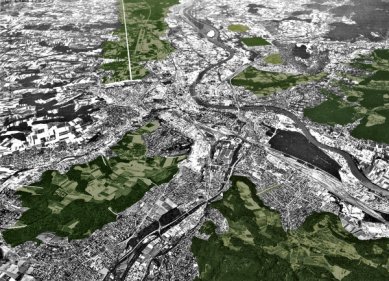
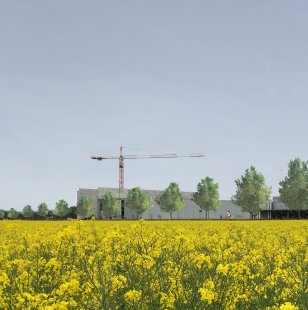
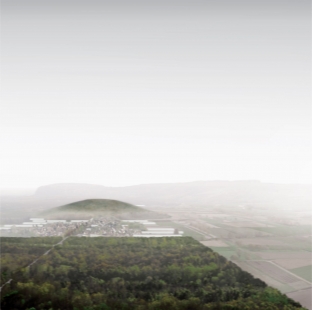

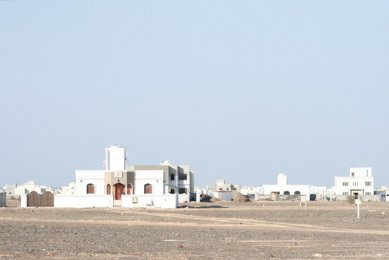
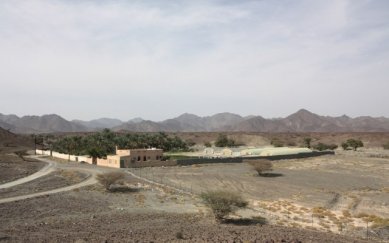
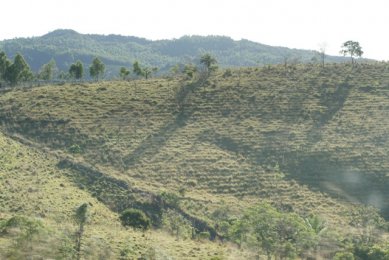
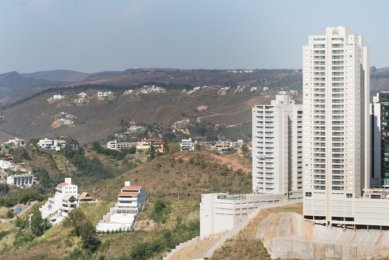
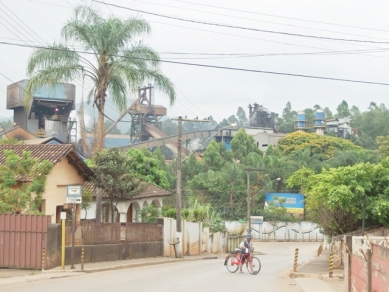
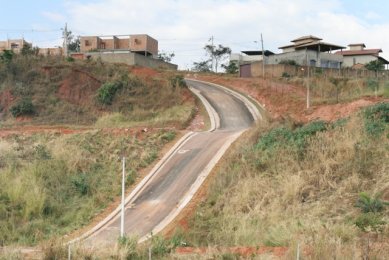
0 comments
add comment











